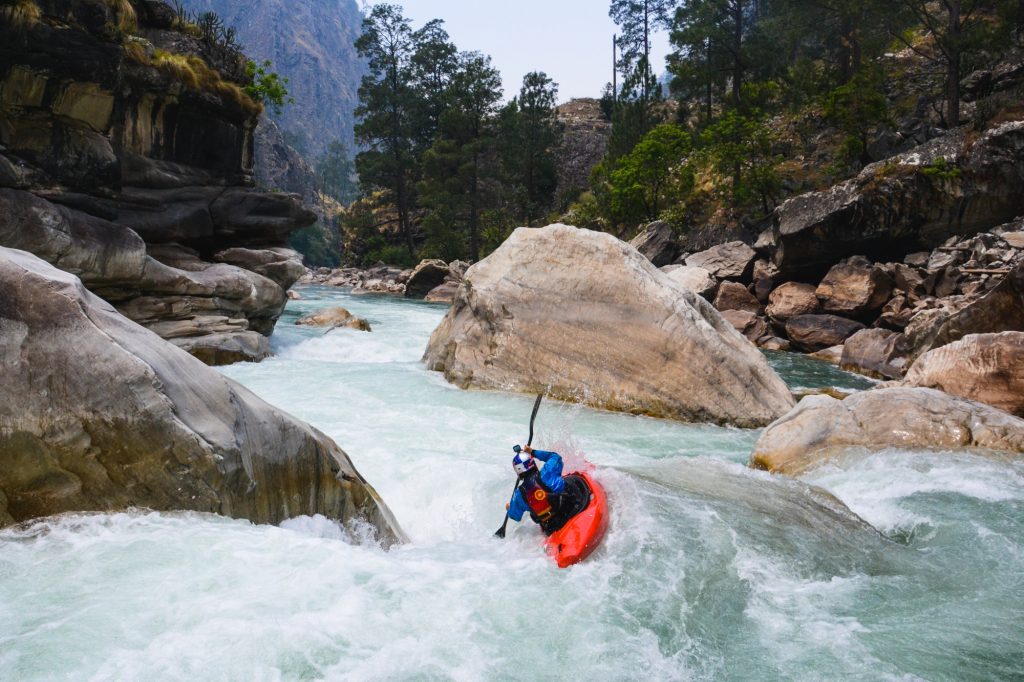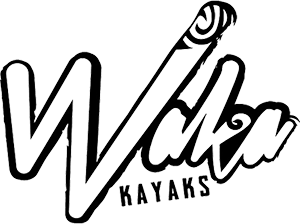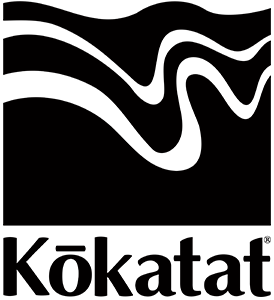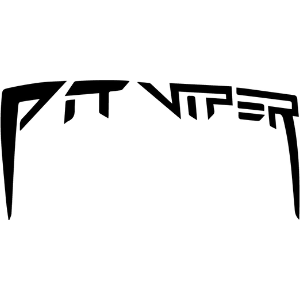Presented by

River stewardship is at the core of our community and every whitewater kayaker.
Cumulatively, we have a powerful voice and stories worth sharing.
Nepal River Conservation Trust
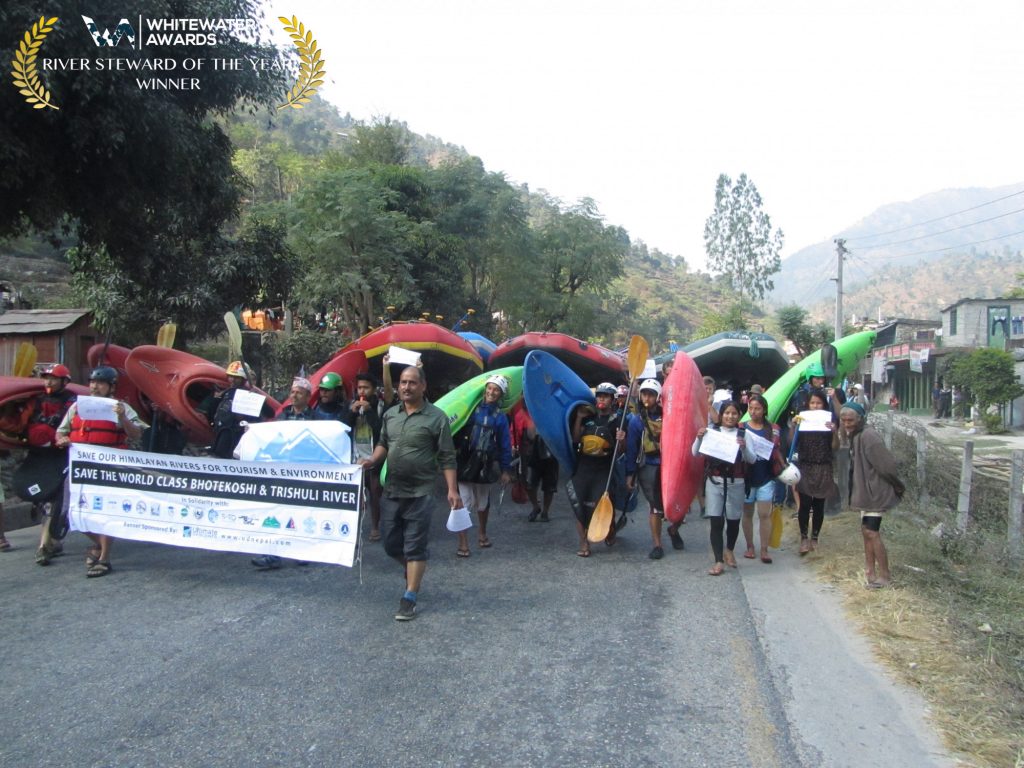
Photo courtesy of NRCT
Whitewater Awards: What is the Nepal River Conservation Trust? When was it founded? What is your Mission?
Nepal River Conservation Trust (NRCT): The Nepal River Conservation Trust (NRCT) is a non-profit organization that was established by a group of concerned river guides who recognized the ecological and cultural damage that was taking place on Nepal’s rivers at an alarming rate. Since its inception in 1995, the NRCT has worked towards conserving Nepal’s Himalayan river system, preserving Nepal’s cultural heritage, and developing an environmentally responsible river tourism industry.
The Mission of the NRCT is “To restore, conserve and protect the rivers of Nepal through affirmative action and education, whilst maintaining the cultural integrity of local river side communities.”
WA: Who are the founders and are they still involved? Where are you based out of?
NRCT: Executive committee of NRCT comprises nine team members; lead by Megh Ale, who is also the founder president. Official works are based at Kathmandu capital city of Nepal lead by executive director, Mr. Mausam Khanal.
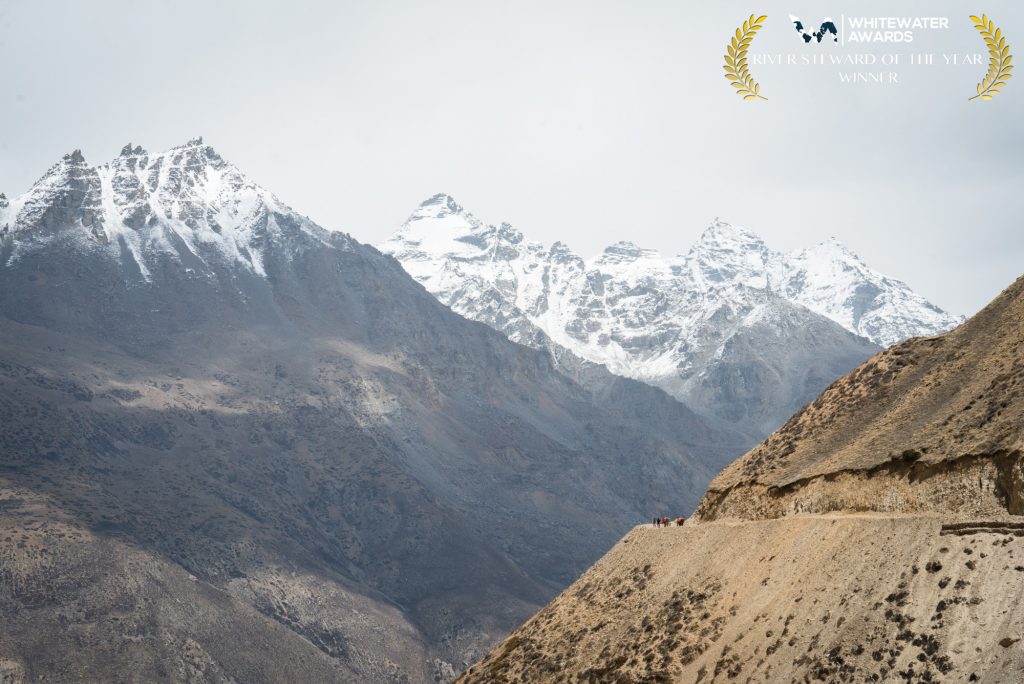
Photo: Todd Wells
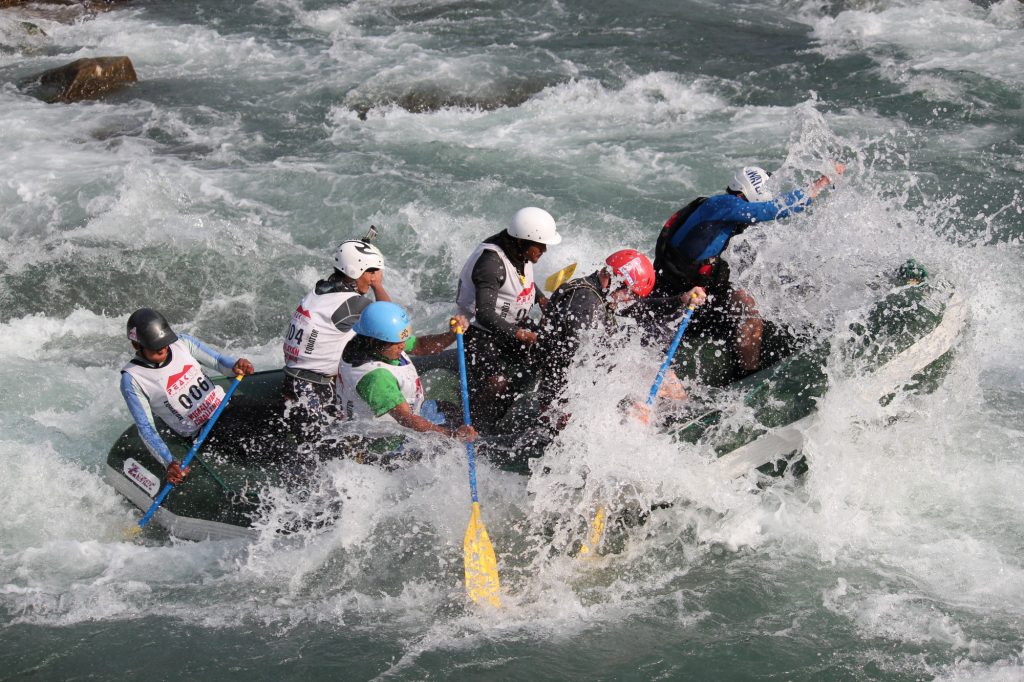
Photo courtesy of NRCT.
WA: What projects are you currently working on?
NRCT: Recently we accomplished the Karnali Corridor Management Project under the support of USAID Paani Program. Under which, NRCT successfully completed a kayak trip from headwaters of Karnali River followed by 44 day long Karnali expedition from the source of Karnali to the Gangas. This research expedition brought out two important finding documents: “Karnali River Corridor Management Framework” and “National Wild and Scenic River”. This year based on funding from the WaterKeepers Alliance, NRCT is working on showcasing these documents to wider audience though documentary, prospectus and other ICT tools.
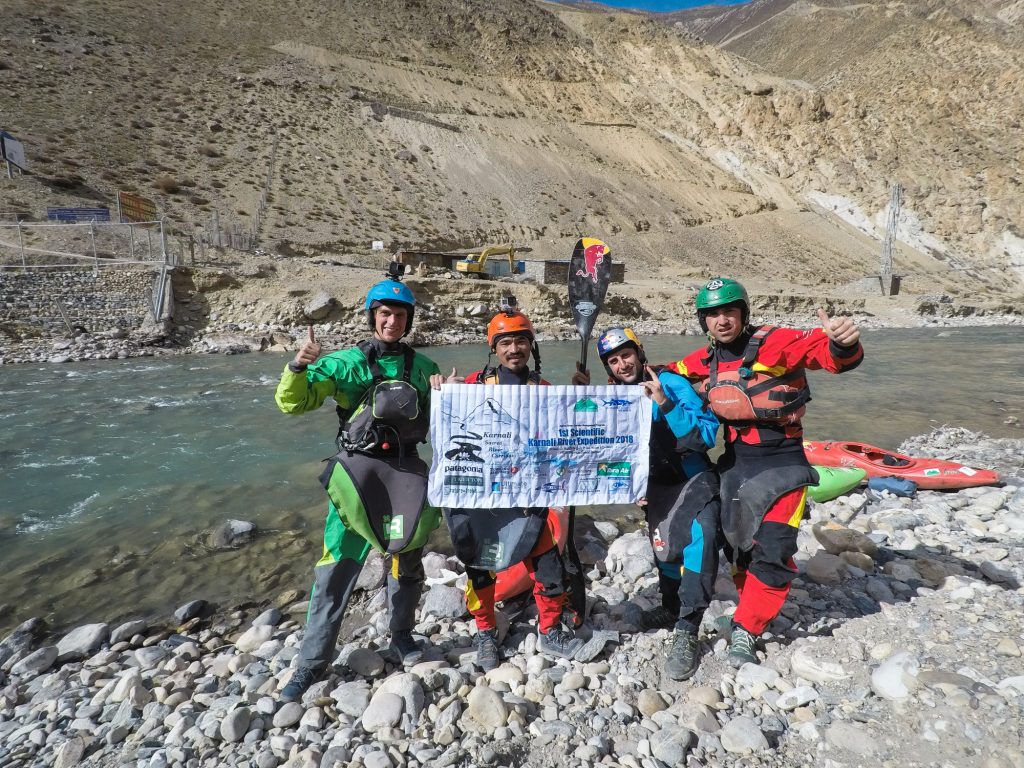
photo: Mikel Sarasola || padders: Todd Wells, Surjan Tamang, Aniol Serrasolses, Mikel Sarasola
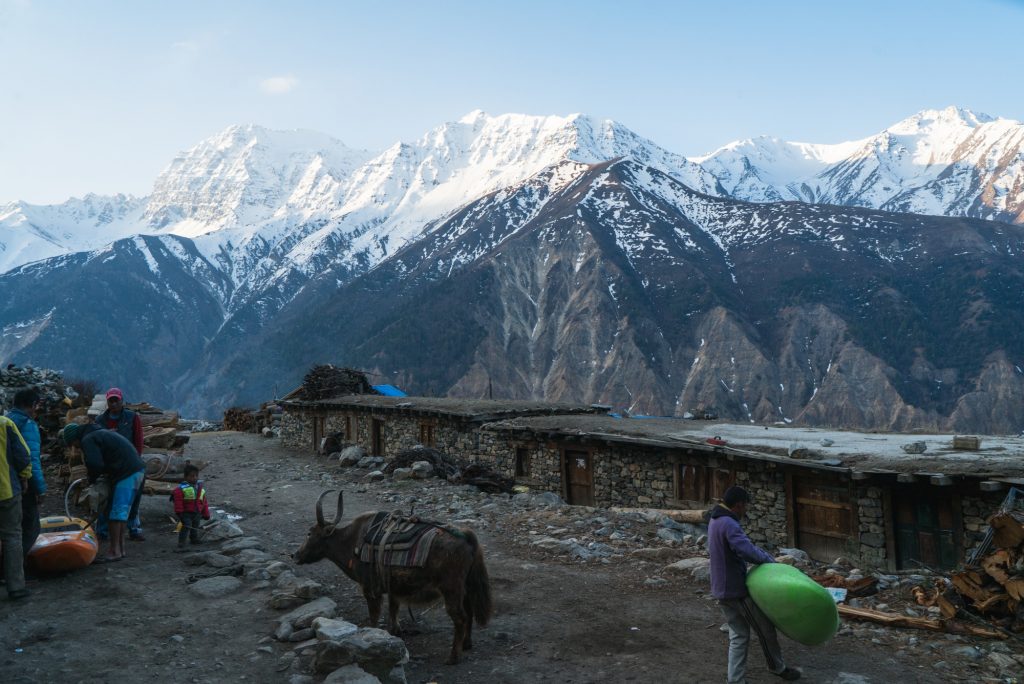
photo: Todd Wells
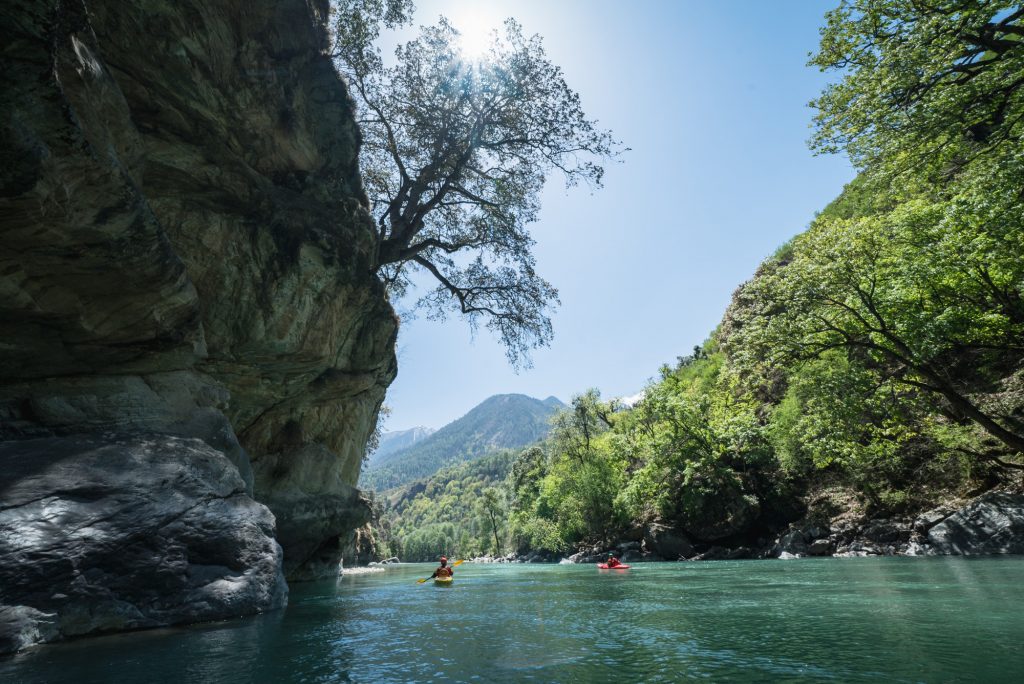
photo: Todd Wells
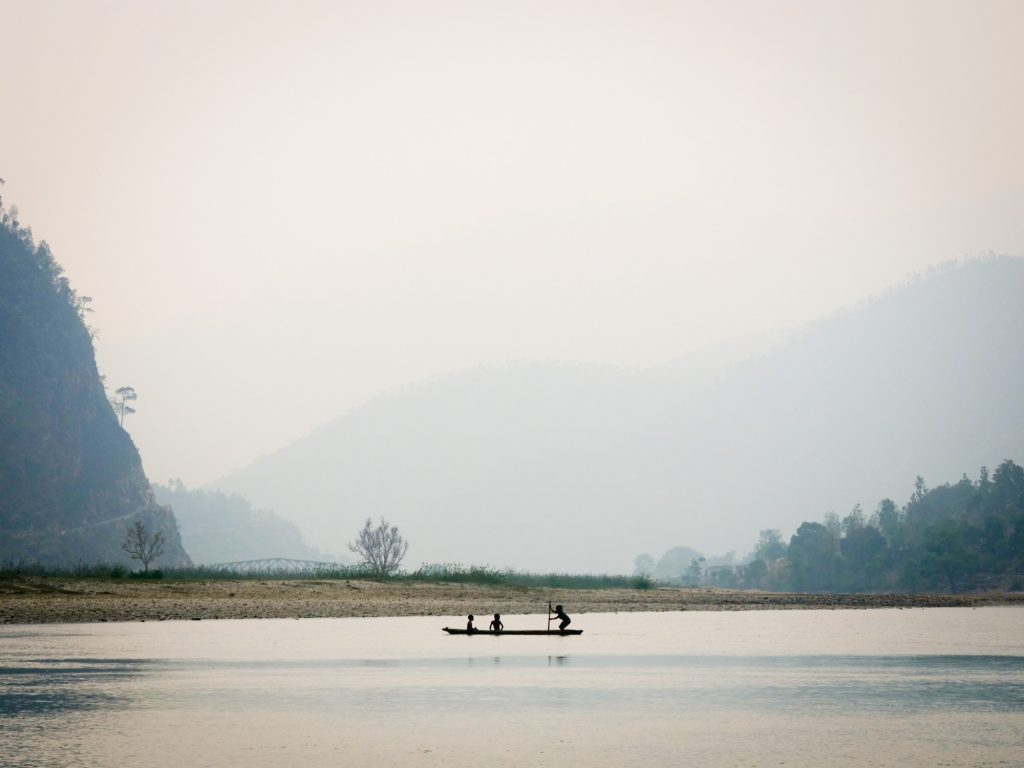
photo: Aniol Serrasolses
WA: How frequently do you get the chance to take policy makers or other stakeholders on rafting trips?
NRCT: Besides the Karnali Corridor Management Project, the NRCT has completed three bi-annual programs: National River Summit at the bank of Sunkoshi, Trishuli, and Karnali River respectively. We bring different stakeholders like policy makers, academicians, scholars, etc to the river itself; discuss on the issues of river management. NRCT also makes arrangements for rafting with the policy makers at that event too. Activities about NRCT are available through the website: https://nepalrivers.net and http://www.nrct.org.np. These websites are updated regularly.
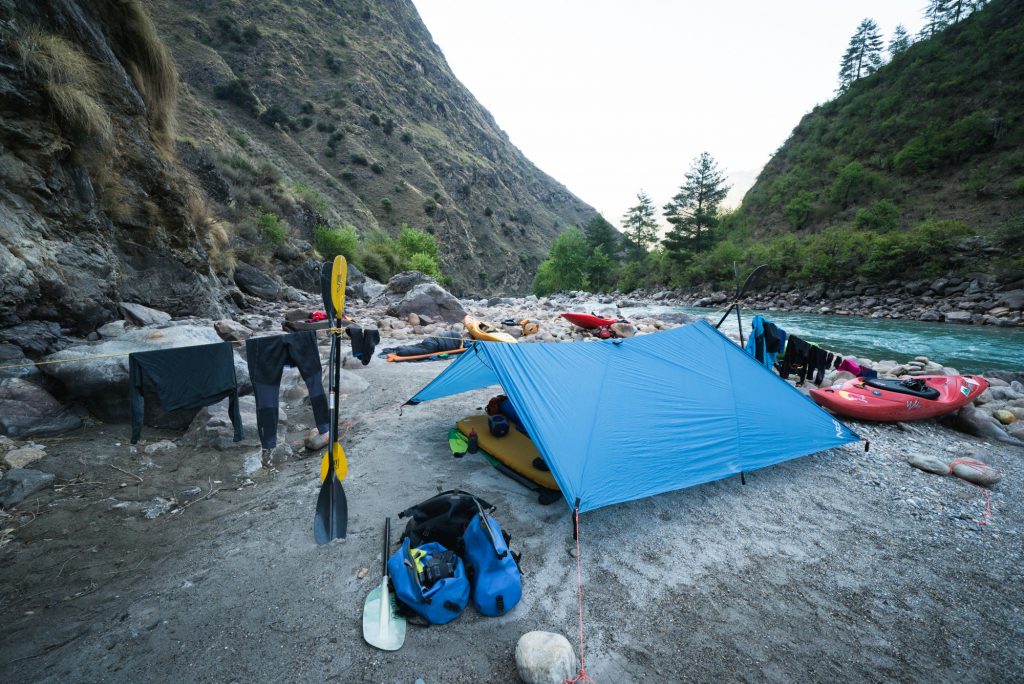
WA: How do you spread the information to the local people of Nepal? To the visitors of Nepal?
NRCT: The NRCT hosts the Annual River Festival and the Bagmati River Festival & National River Summit to raise the awareness among all river users about the need to conserve the river, the need to develop an economical and environmentally sustainable river tourism industry and River Expedition, and the need to know the dire condition of the Rivers which has been based on the scientific research. Our Himalayan Rivers are an international attraction, however their existence is under threat from damming and other unfriendly environmental practices.
NRCT is involved in weekly Bagmati clean-up campaign and also annual Bagmati River* Festival. NRCT celebrates Bagmati River Festival as the “Festival of 21st Century”. Many stakeholders take part in this event annually (but due to COVID outbreak this year’s event was not organized). NRCT is the one who organizes rafting on the holy Bagmati River as a symbol to depict the current anthropogenic impacts on the physical, chemical, and biological condition of the river targeted to wider audiences like policy makers, planners, government officials, etc.
*The Bagmati River is a sacred river that flows through the Kathmandu Valley, and has become increasingly more polluted with untreated wastewater and solid waste. This is also a main source of water for many people living in Kathmandu. Because it is so visible to a large population center in Nepal and is near the central government, raising awareness about the Bagmati is an important tool for the NRCT.
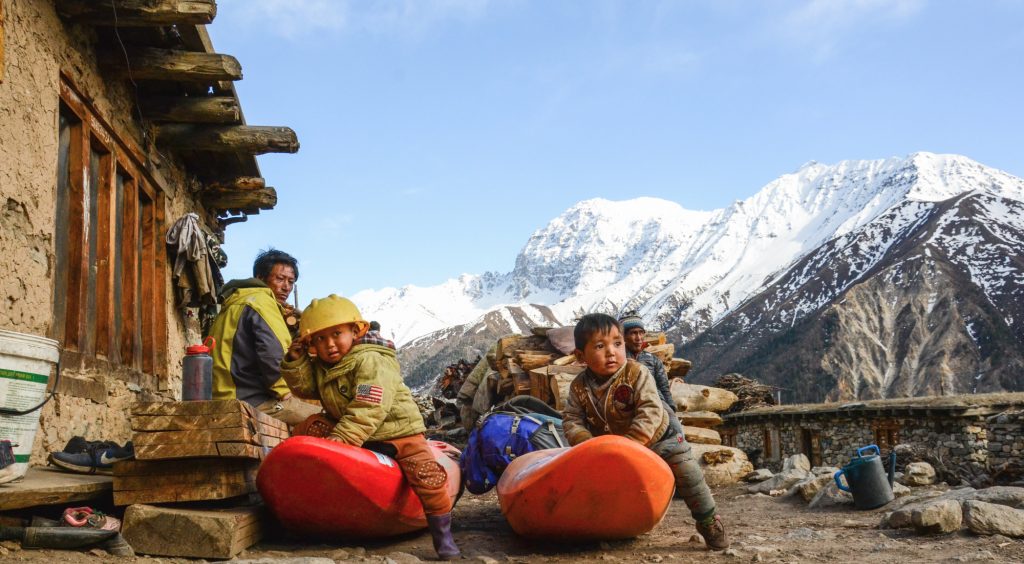
photo: Surjan Tamang
WA: The river tourism industry in Nepal is very special to our global whitewater community, but as rivers are dewatered do you see the lack of river tourism due to hydro projects as being influential to decision makers?
NRCT: NRCT has been advocating on the sustainable management of river and water resources in Nepal. One of the issues of river management are the damming of the rivers for irrigation and power generation. Every river in Nepal (over 6,000 rivers and streams) now has at least one dam on its major stream except the Karnali River. NRCT along with other common thinkers have agreed to let the Karnali free flowing at least on the major stream and generate power from its tributaries rivers.
Nepal’s rivers support whitewater adventurous activities because of the gradient, and the river tourism industry is influential in supporting the river community economically. Dams would probably replace the livelihood of the river community peoples from their lands, their income generations and cultural civilization.
Another picture is that Nepal is still lagging to provide its people access to electricity, which is very important too. Nepal needs power but that should be sustainable and for the greater good of the local river communities.
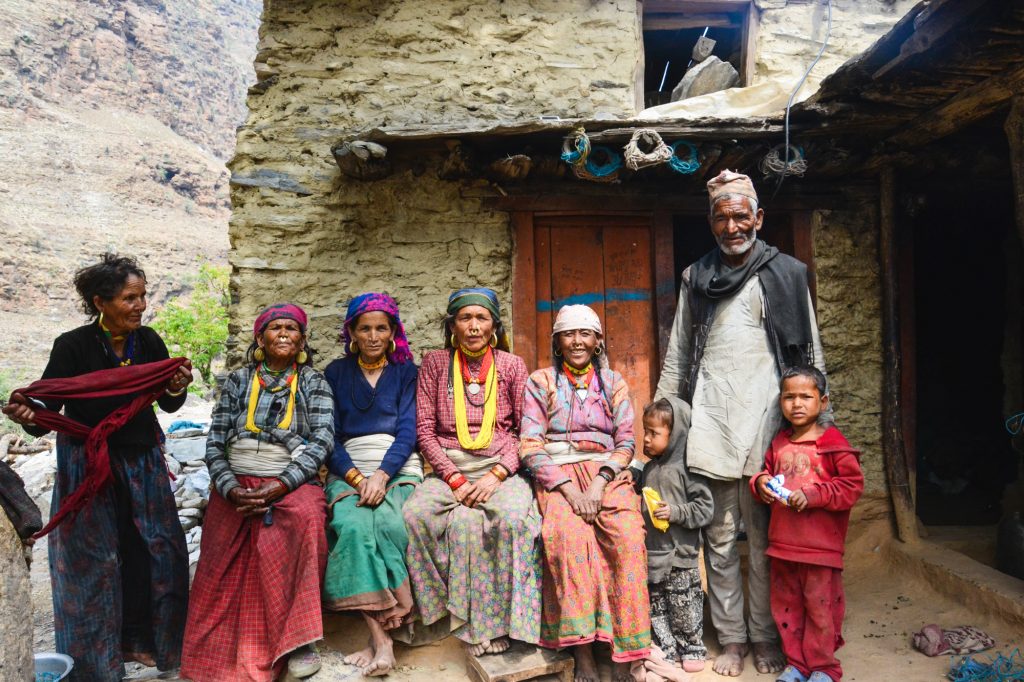
photo: Surjan Tamang
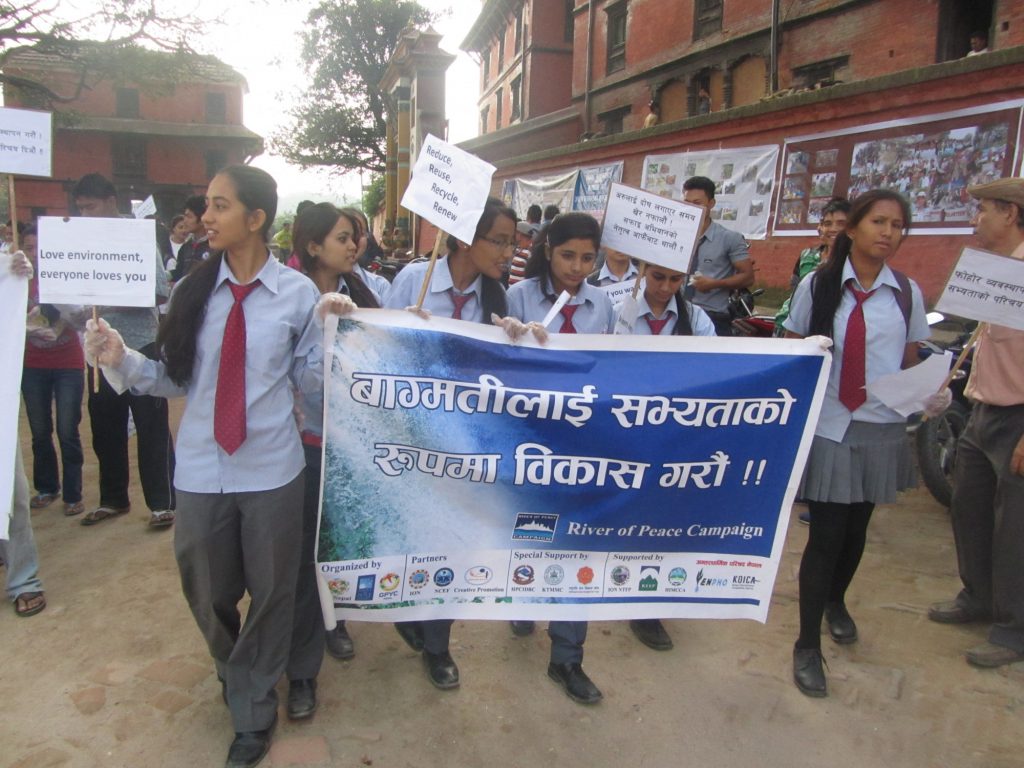
Photo Courtesy of NRCT.
WA: Throughout the world there have been dam removal projects starting related to the lifespan of any given dam due to breakdown or sediment buildup. Has the conversation about dam removal been started in Nepal yet?
NRCT: Damming projects are still in rise in Nepal as the production is still behind the peak demand; however with the completion of an on-going few projects, Nepal electricity generation would suffice the national demand. Until then we don’t think the concept of dam removal would rise into lime-light. However, the sediment buildup is a major problem with this dam projects which not only affects the life of dams also the efficiency of power generation. After the national demand would be meet, these issues might come into talk.
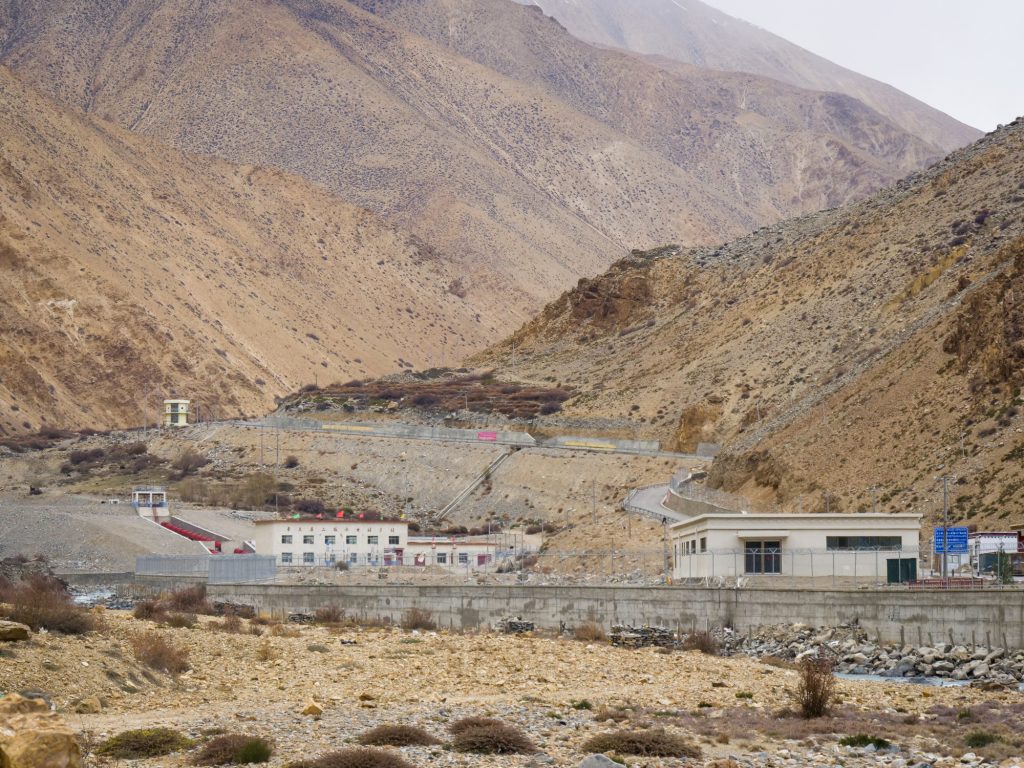
photo: Aniol Serrasolses
WA: Who are the players in the damnation projects throughout Nepal?
NRCT: There are few projects which Nepal Electricity Authority (the main government body) takes full development activities by itself; besides that most projects are undertaken by third party- mostly companies from Neighboring countires (India and China) on agreement of controlling the full functionality of the project for some 20 -25 years and then handing over to Nepal government. There is great geo-politics that governs which damnation project goes to company from which country.
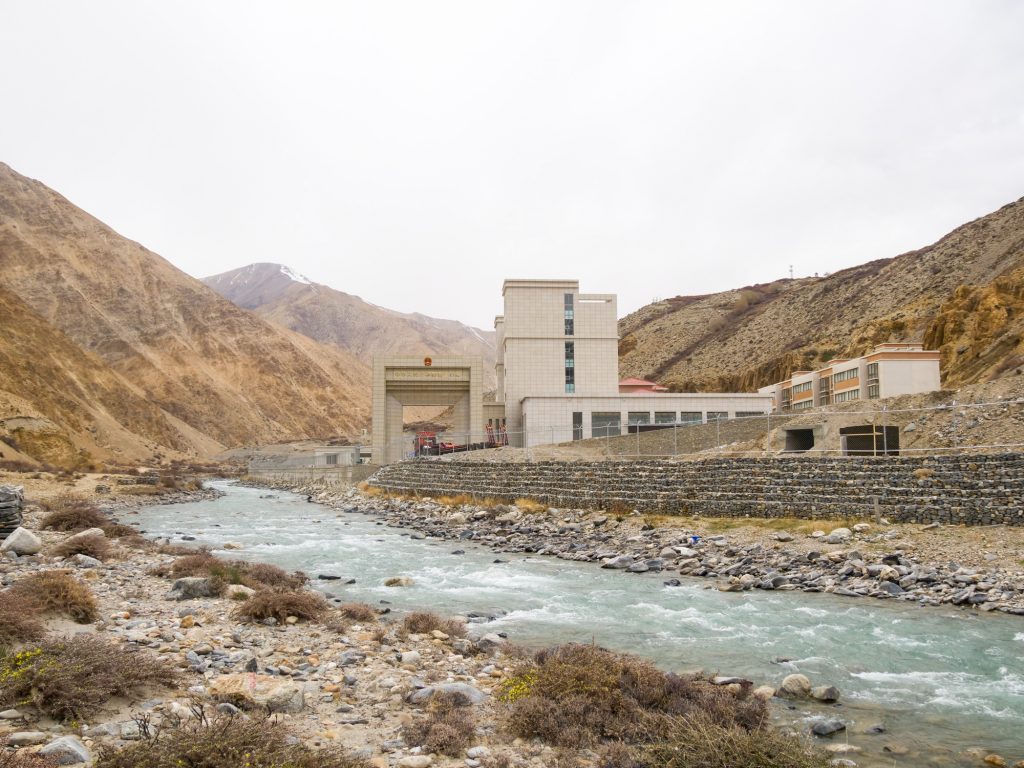
WA: We are an international community – how can folks get involved? How can people support from afar? If it is money that you need, what projects does it support?
NRCT: NRCT has been closely working with international partners who support NRCT activities through their virtual acceptance of our activities like petitions and through monetary support. Funds/money are a very important resource that help our activities achieve success. In the past we have worked with an international community that supported us in our activities. Other international community can support us by any mean: either it be money, or any in-kind supports like equipment, or can directly be part of our campaign. You can reach us via our email: [email protected], and you can donate here.
Our activities from the monetary support of partner organizations are approved by Social Welfare Council (SWC) so that the funds are invested rationally at the project sites and local communities get most of the benefit from the implementation of the project. Some funds are allotted for office running cost and for promotional cost like website updates, documentary and others. Though we get funds from international community we bid our activities with the rules of Nepal government through SWC approval.
WA: Thank you for the work you are doing to protect the rivers of the Himalaya !!
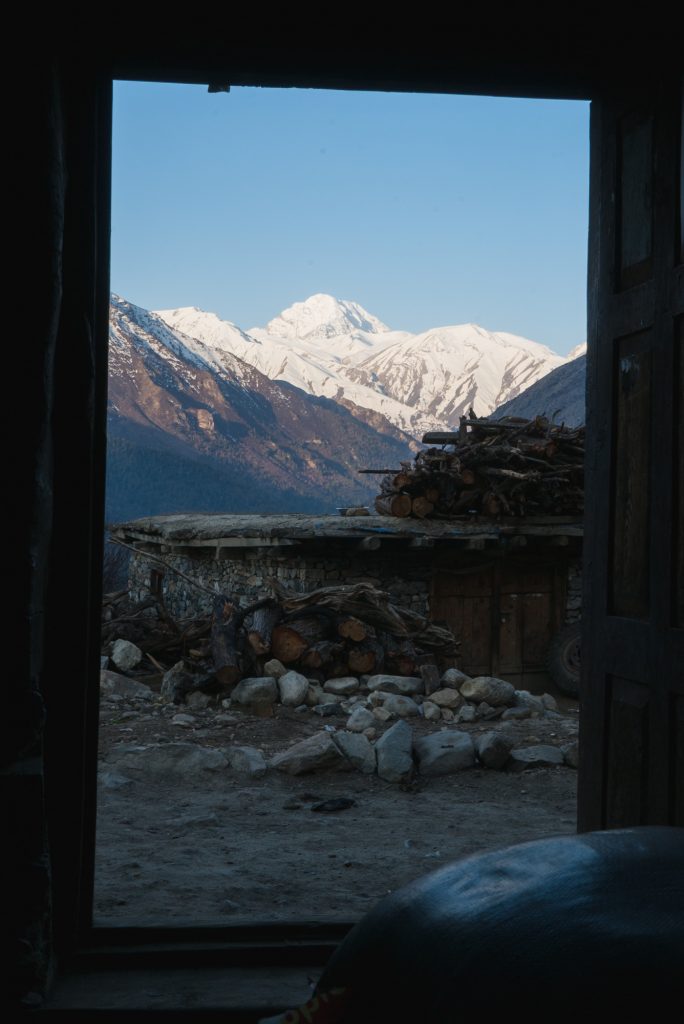
photo: Todd Wells 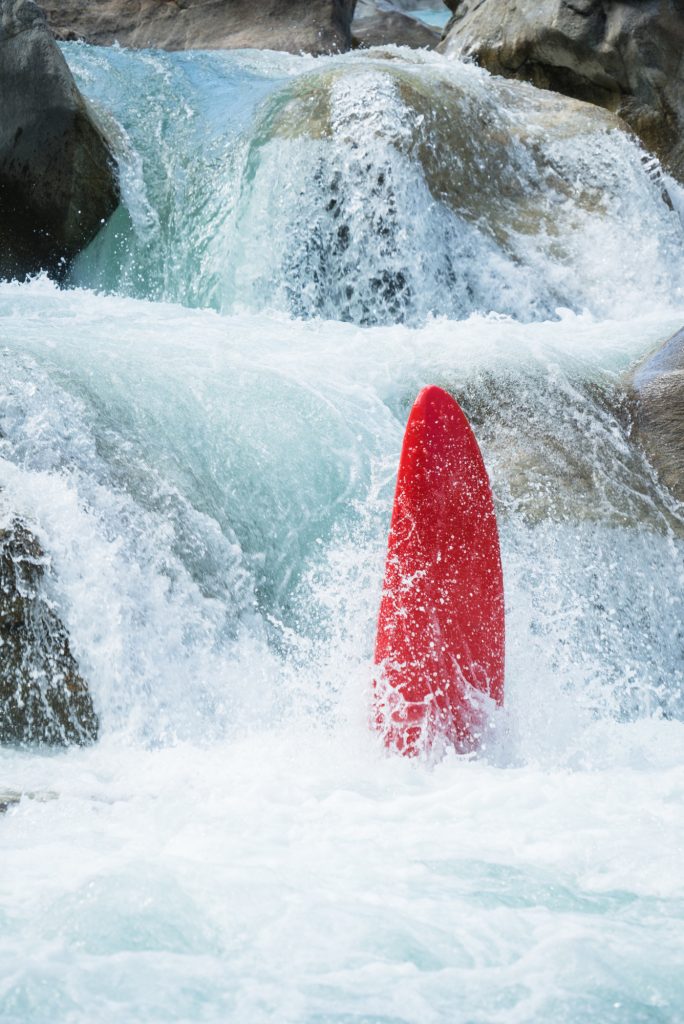
photo: Todd Wells 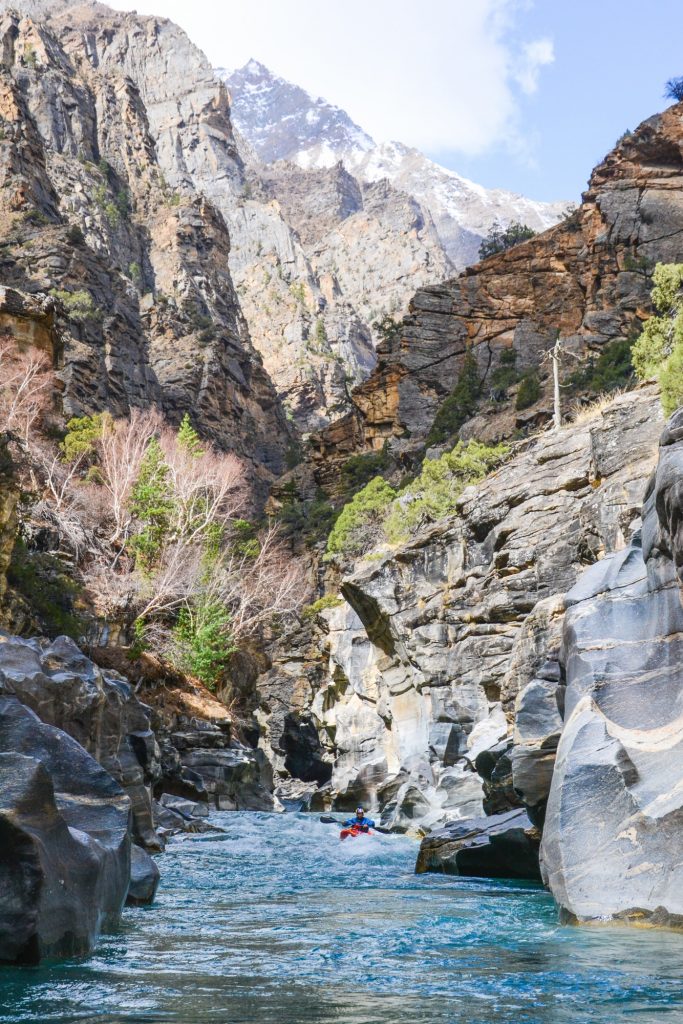
photo: Surjan Tamang 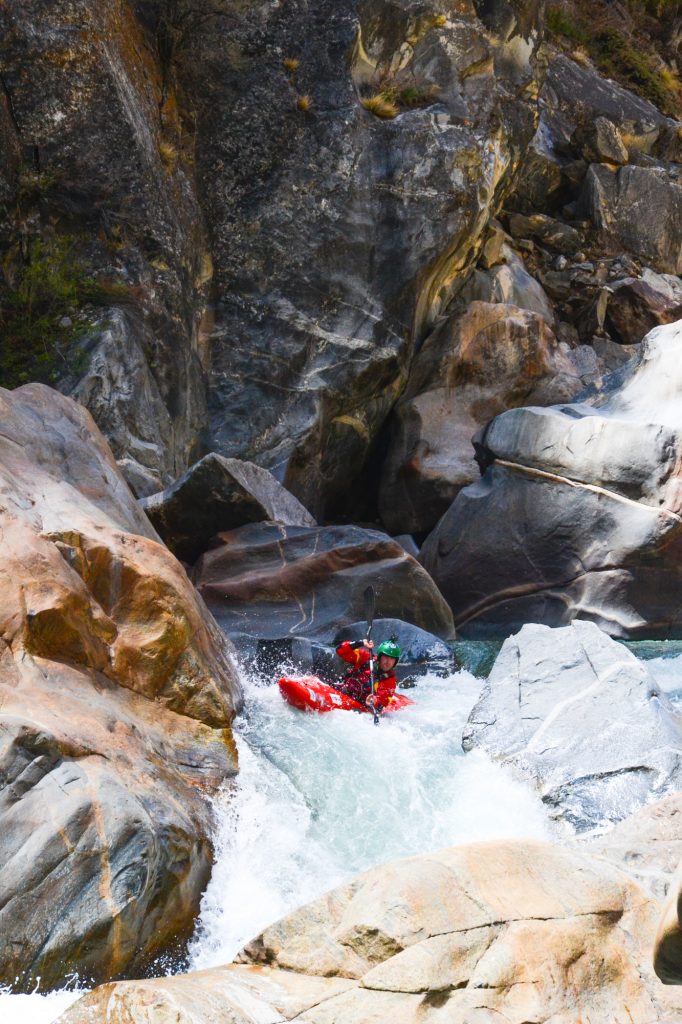
photo: Surjan Tamang
